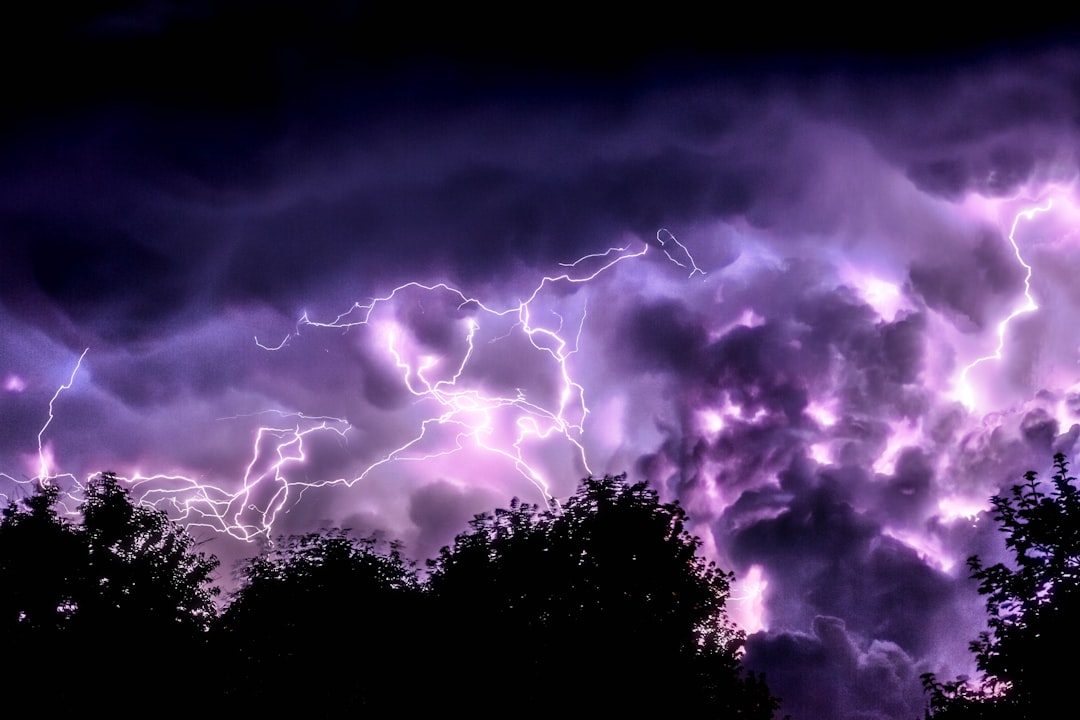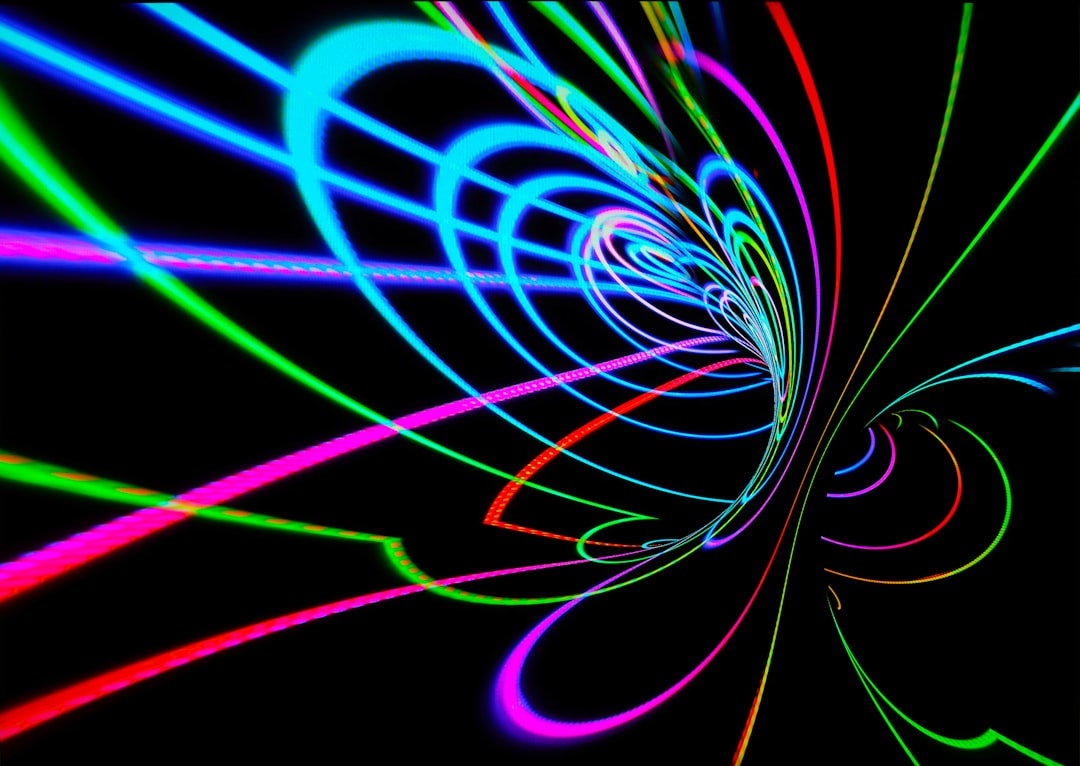What is it about?
More than 99% of the universe is made of plasma, or ionized gas. Electrons and ions in the plasma collide and stick to solid particles (dust), causing the dust to become charged negatively. The dust can then attract the positive ions in the plasma. Ions which are flowing past the dust grain feel a tug, and they get concentrated downstream of the dust in an ion wake. Other dust grains are attracted to this wake region, which causes interesting dust motion, as two negative dust grains (which would normally repel each other) appear to attract each other.
Featured Image

Photo by Zoltan Tasi on Unsplash
Why is it important?
Plasma and dust are everywhere in space. As we plan to send manned missions to the moon and across the solar system, we need to understand how bodies are charged in a plasma environment, and how this affects their motion. The dust on the moon will be a big problem for astronauts, as it gets charged by the plasma in the solar wind and then can be lofted above the surface. Moon dust is very abrasive and can cause damage to equipment, space suits, and the astronauts' lungs, so it is important to understand how to control it. On an even more basic level, dust grains are the building blocks for planets. Understanding how dust charges and sticks together is the first step to understanding how solar systems are formed.
Perspectives
I really enjoyed making the animations of the changing ion density and potential. It is an amazing moment to be able to "see" something that is completely invisible when you do an experiment in the lab.
Lorin Matthews
Baylor University
Read the Original
This page is a summary of: Dust charging in dynamic ion wakes, Physics of Plasmas, February 2020, American Institute of Physics,
DOI: 10.1063/1.5124246.
You can read the full text:
Resources
Contributors
The following have contributed to this page










